During World War II, General Dwight D. Eisenhower faced the shocking conditions in German concentration camps, particularly during his visit to the newly liberated Ohrdruf. The severity of the atrocities he observed underscored the necessity of educating the American public and preserving the events’ memory. His work was vital in ensuring that the Holocaust was neither overlooked nor twisted.
Ohrdruf concentration camp
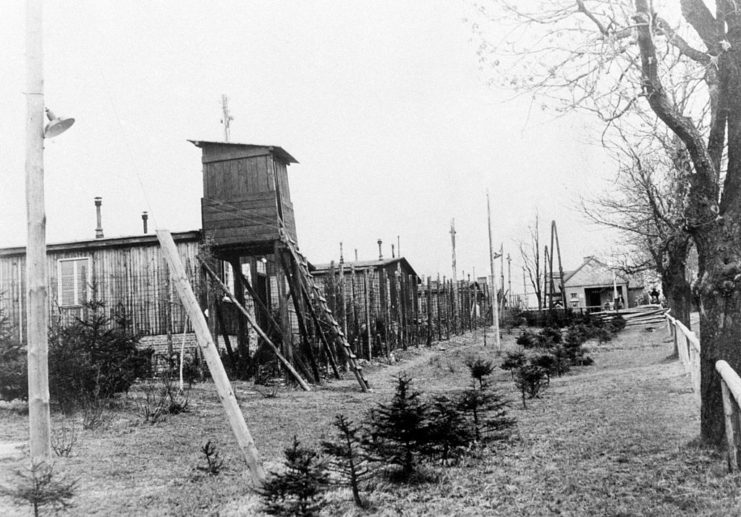
Established in November 1944 near Gotha, Germany, the Ohrdruf concentration camp operated as a subcamp of Buchenwald, located just 30 miles away. Its main function was to supply forced labor for the construction of a railway intended to connect with a planned communications center located in the basement of Mühlberg Castle.
At Ohrdruf, prisoners were assigned the task of building the railway, starting with the excavation of tunnels through the nearby mountains. Local workers were brought in to detonate explosives to clear the mountains, after which prisoners collected the debris and continued the digging. These tunnels also served as emergency shelters for the Führersonderzug, the Führer’s train and command center, in case an evacuation from Berlin became necessary.
The forced labor imposed on Ohrdruf’s prisoners exposed them to numerous dangers as they labored under severe conditions without protective gear. In addition to the physical risks, many suffered from malnutrition and frailty, which often led to severe injuries or death during their grueling work.
Death march to Buchenwald
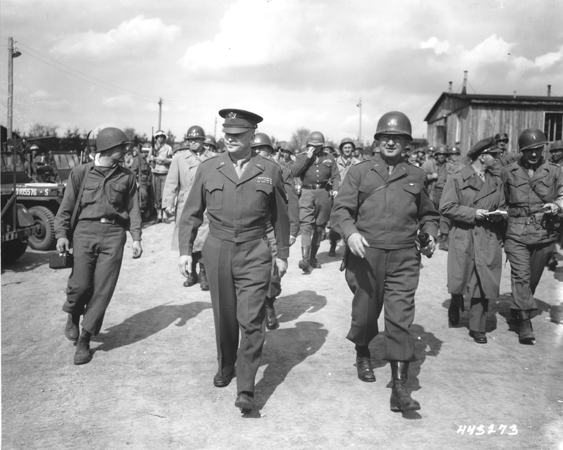
By March 1945, the Ohrdruf concentration camp housed approximately 11,700 prisoners from various nationalities, including French, Belgian, German, Polish, Hungarian, Czech, Russian, Latvian, Italian, Ukrainian and Yugoslavian backgrounds. The camp also held homosexuals and Jewish people.
In early April 1945, as the Allied forces advanced into the area, the German guards began evacuating large numbers of prisoners, forcing them into a death march toward Buchenwald. Those who were too weak, sick or unable to continue were executed.
Eisenhower witnesses the horrors of the Holocaust firsthand
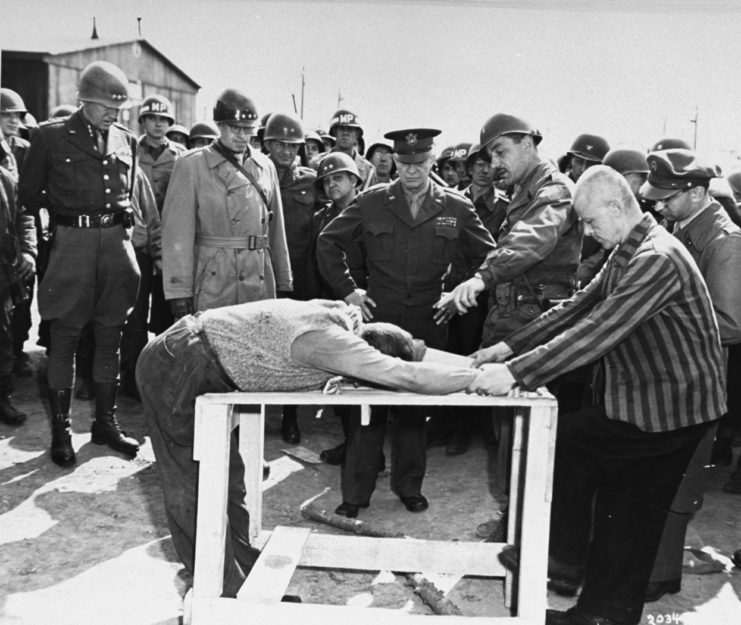
Ohrdruf was the first camp to be liberated by American forces. The 602nd Tank Destroyers’ Battalion, alongside the 4th Armored and 89th Infantry Divisions, led the initial entry, revealing disturbing scenes of decomposing bodies and the frail survivors who were in urgent need of medical care.
On April 12, 1945, General Eisenhower, joined by Gen. George Patton and Omar Bradley, entered Ohrdruf completely unprepared for the horrific sights they would encounter. Until that point, Eisenhower had been unaware of the full extent of the atrocities committed by the Germans and the stark reality of the Holocaust.
As the delegation toured the camp, they came across a smoldering pyre, its scorched remains evidence of the brutal treatment of the prisoners. It was evident that the guards had tried to quickly cover up their cruel actions. The survivors bravely described the cruel methods used by their captors.
Patton couldn’t enter one area of the concentration camp
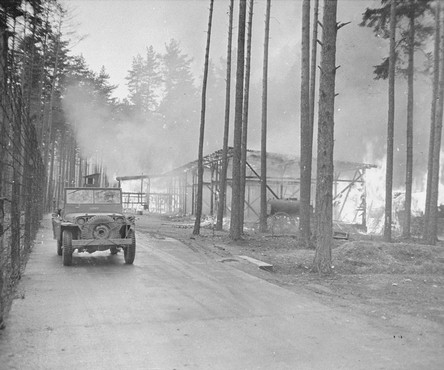
A closer look at Ohrdruf led to the discovery of a shed containing about 30 emaciated corpses. The bodies were dusted with lime, seemingly an attempt to mask the overpowering stench. The sight and odor were so appalling that Patton could not bring himself to enter the room.
Eisenhower explained this in a cable, stating, “In one room, where they were piled up twenty or thirty naked men, killed by starvation, George Patton would not even enter. He said that he would get sick if he did so. I made the visit deliberately, in order to be in a position to give first-hand evidence of these things if ever, in the future, there develops a tendency to charge these allegations merely to ‘propaganda.'”
American soldiers and Congressmen were called to bear witness
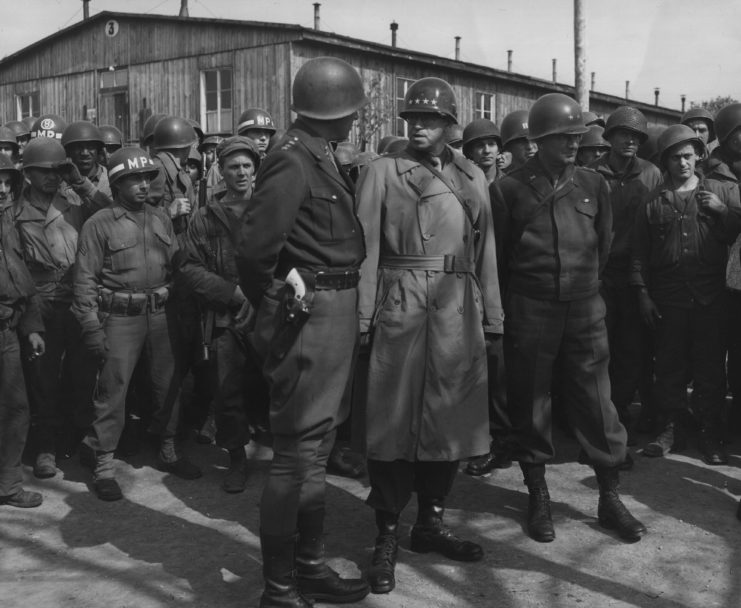
Utterly shocked by what he’d witnessed, Eisenhower worried there may come a day when the atrocities committed during the Holocaust would be rewritten, forgotten or denied. In order to preserve the truth, he took extra steps to expose the conditions of Ohrdruf.
He invited American media and Congressmen to visit the camp and observe the conditions for themselves. He then had pictures taken, to preserve the grueling sights. Additionally, he ordered all nearby American units not engaged in battle to come and observe the enemy’s crimes.
In what later became common practice for liberated concentration camps during the the Second World War, Eisenhower had German civilians living in the area tour Ohrdruf and bury the dead.
New! Want to become a trivia master? Sign up for our War History Fact of the Day newsletter!
More from us: Looking Back At the Red Army’s Liberation of Auschwitz
Following the discovery and liberation of the concentration camp, Eisenhower succinctly said, “We are told the American soldier does not know what he is fighting for. Now, at least, we know what he is fighting against.”
